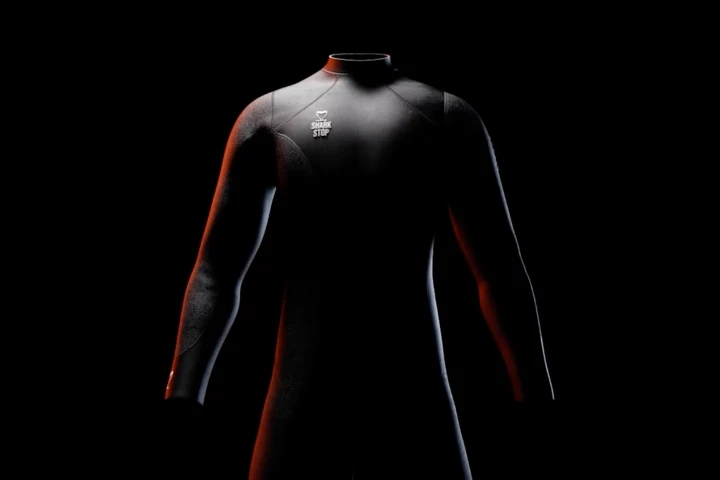Wetsuits
-
Back in 2019, we heard how scientists at Australia's Flinders University were developing a lightweight material that might someday be used in shark-bite-resistant wetsuits. Well, that day has arrived, and such a suit is now on Kickstarter.
-
A couple of years ago, researchers from MIT created a beaver fur-inspired material that could be used to produce warmer wetsuits. Now, a different group of MIT scientists have devised a process that lets existing wetsuits retain body heat three times longer than normal.
-
Even though they don't have a layer of blubber, beavers are still able to stay warm when diving in frigid waters. How do they do it? Well, they trap a layer of air in their fur. Scientists have taken that concept and run with it, creating a material that could be used to make warmer wetsuits.
-
Australian company Shark Attack Mitigation Systems (SAMS) is developing wetsuits designed to deter shark attacks rather than ring the dinner gong by using disruptive patterns that sharks have trouble seeing, or that make them think twice about attacking.
-
A limestone-based material used in wetsuits replaces petroleum-based wetsuits in the De Soto Sports T1 line.
-
A collaboration between MINI, Airstream trailers and Danish furniture designers Republic of Fritz Hansen has resulted in this beach-ready design study made up of a modified MINI Cooper S Clubman and a customized 6.8m long Airstream trailer.
-
Sorry, we couldn't resist that headline. Rip Curl has been testing its highly-anticipated H-Bomb heated wetsuit in the freezing waters of the North Atlantic, resulting in this incredible photograph.
-
June 5, 2006 The wetsuit was invented in 1951 by UC Berkeley physicist Hugh Bradner to help the U.S. Navy’s “underwater swimmers” who were experiencing diffi







